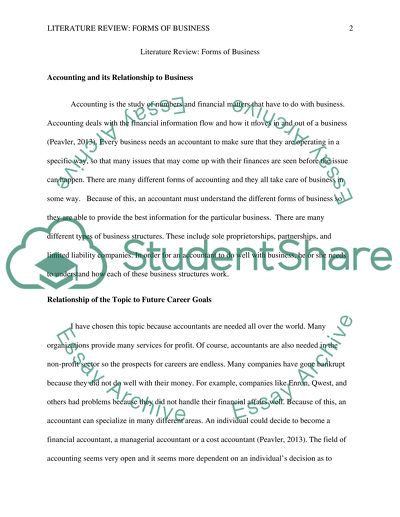Cite this document
(“Literature Review - Forms of Business Essay Example | Topics and Well Written Essays - 1750 words”, n.d.)
Literature Review - Forms of Business Essay Example | Topics and Well Written Essays - 1750 words. Retrieved from https://studentshare.org/finance-accounting/1467818-literature-review-forms-of-business
Literature Review - Forms of Business Essay Example | Topics and Well Written Essays - 1750 words. Retrieved from https://studentshare.org/finance-accounting/1467818-literature-review-forms-of-business
(Literature Review - Forms of Business Essay Example | Topics and Well Written Essays - 1750 Words)
Literature Review - Forms of Business Essay Example | Topics and Well Written Essays - 1750 Words. https://studentshare.org/finance-accounting/1467818-literature-review-forms-of-business.
Literature Review - Forms of Business Essay Example | Topics and Well Written Essays - 1750 Words. https://studentshare.org/finance-accounting/1467818-literature-review-forms-of-business.
“Literature Review - Forms of Business Essay Example | Topics and Well Written Essays - 1750 Words”, n.d. https://studentshare.org/finance-accounting/1467818-literature-review-forms-of-business.


